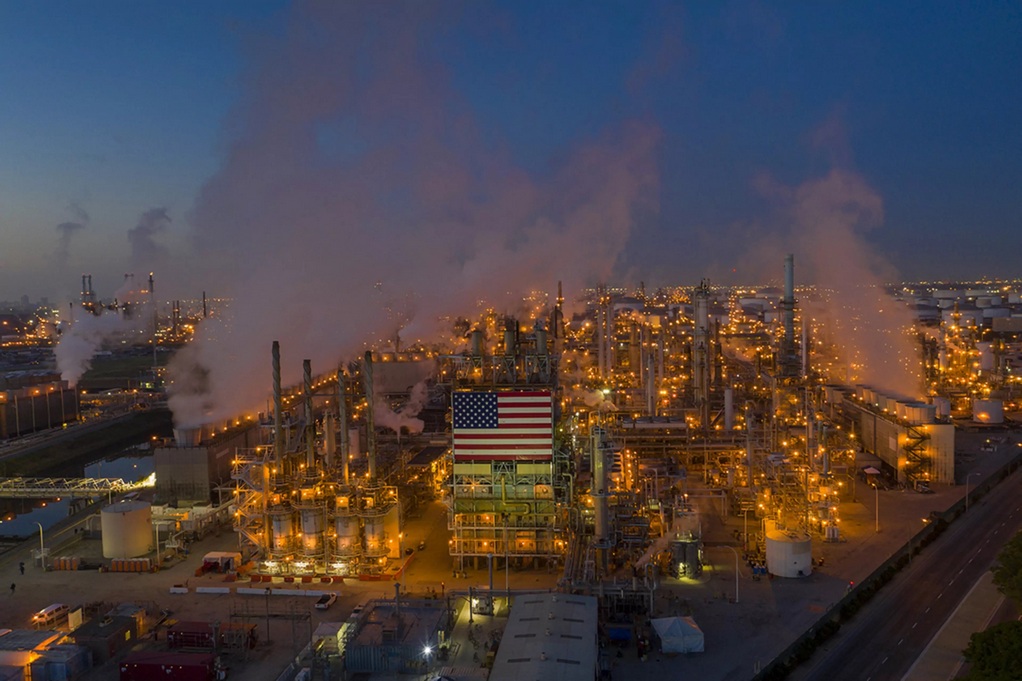According to scientists, planet-warming methane pollution from the US oil and gas industry was 70% higher than the Environmental Protection Agency’s own estimates between 2010 and 2019.
The new study, published in the Proceedings of the National Academy of Sciences, suggests the federal government’s current system for detecting methane leaks from fossil fuel pipes, wells and compressors is inadequate. Several recent studies have shown similar results, and scientists now say the EPA needs to leverage new technology to get a fuller picture of how much of this potent greenhouse gas is escaping into the atmosphere and hold companies accountable for the leaks.
Methane, the main component of natural gas and a byproduct of fossil fuel drilling, has more than 80 times the warming power of carbon dioxide in the first two decades it’s in the atmosphere. The oil and gas industry is the main source of global methane emissions, according to the International Energy Agency. Levels have risen precipitously in recent years, and scientists are looking at the gas as a target to cut climate emissions quickly because it has such a powerful warming effect.
While researchers used data from satellite instruments to paint a picture of methane leaks across the US, oil and gas operators and the EPA often rely on engineering models and hand-held infrared equipment to track leaks, which experts say is inadequate.
In a statement, an EPA spokesperson noted that another recent study found that 2019 levels were on par with the agency’s estimates for that year.
There’s no question the EPA is monitoring methane leaks from oil and gas operations, experts said. The problem is the scale of monitoring is too small and infrequent.
Existing EPA regulations require oil and gas companies to do quarterly inspections using hand-held infrared cameras and sensors to look for leaks coming from wells and equipment, and much of the rest is accounted for with engineering models.
Oil and gas companies also have a financial incentive to capture more methane; they are losing money when they allow gas that could be sold to leak into the atmosphere. Duren said that as Carbon Mapper has informed companies or state regulators about methane plumes they’ve discovered, companies have voluntarily fixed the leaks themselves.
Tags: EPA, Fossil Fuel, Methane, Oil&Gas Industry



Recent Posts
Stena Line’s Hybrid Ferry Stena Futura Completes Sea Trials, Set to Boost Irish Sea Freight Capacity
Taiwanese owner makes methanol move with WinGD across multiple engine orders
Econowind installs four VentoFoils on tanker M/T JUTLANDIA SWAN
Global Maritime Groups Unite to Launch Alliance for Electrification of Shipping Sector
India Charts Green Future for Maritime Sector with Hydrogen Hubs and Sustainable Port Strategy
ZeroNorth’s SMARTShip platform integrates with ClassNK MRV portal to automate emissions reporting
Towngas Partners with TLB, Pacific Basin to Advance Green Marine Fuel Infrastructure in Hong Kong
SECI Extends Bid Deadline for Green Ammonia Tender Under SIGHT Scheme